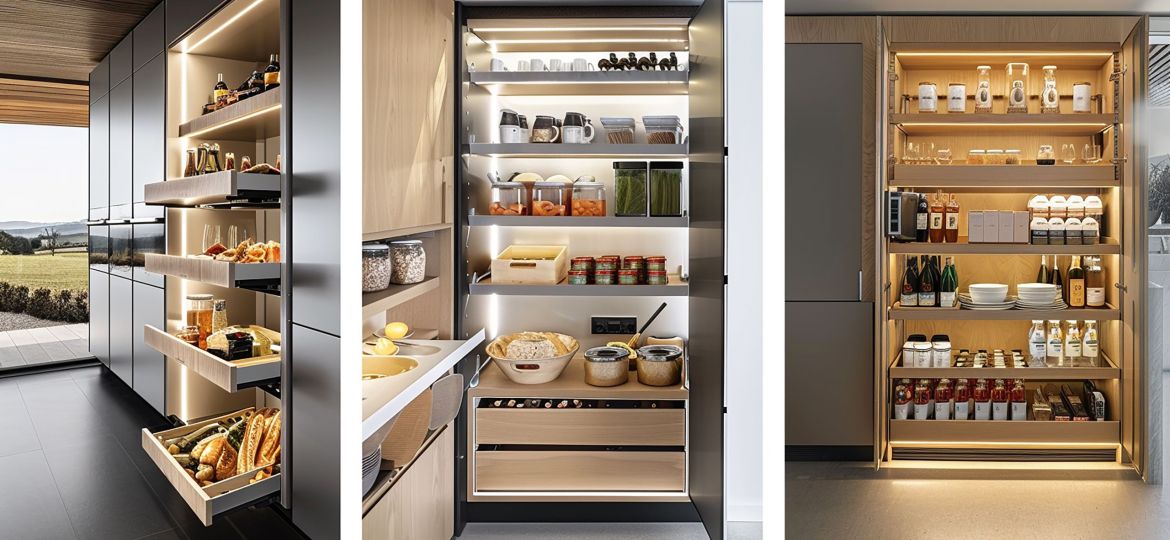If you’ve ever struggled to maintain peace at home due to conflicting ideas about cleanliness, you’re not alone! Keep reading for tips that can help you create a more relaxed and stress-free environment, even when you and your housemates have different approaches to tidiness.
Living with someone who has a different definition of “clean” can be frustrating, whether you’re the one who loves everything neat and organized, or you’re sharing space with someone who leaves a trail of mess behind. The good news is that coexisting with someone who has a different cleaning style doesn’t have to lead to arguments or resentment. With a few simple strategies, you can create a home where both the tidy and the messy can live in harmony.
Here are some creative ideas to help you maintain peace, no matter what your home’s cleanliness standards are:
1. Start with an Honest Conversation
The first step in preventing conflicts over cleanliness is communication. Sit down with your housemates and discuss your preferences about tidiness. This isn’t about blaming or criticizing anyone—it’s about understanding each other’s habits and finding a middle ground.
Ask questions like:
- What areas do you feel need to be tidy?
- Does mess cause stress for some, or do others feel more relaxed in a “lived-in” space?
- How do we define “clean” for common areas?
A friendly, open conversation will help everyone feel heard and valued, which can reduce resentment and lead to a clearer understanding of each person’s needs.
2. Set Shared Goals Together
While everyone has their own idea of what’s “neat,” you can likely agree on a few common goals. Work together to decide on the baseline level of tidiness for shared spaces, such as the kitchen or living room.
For example, agree that the living room should always look presentable for guests, or that shoes shouldn’t be left scattered in common areas. Start small and build a habit—maybe by dedicating 10-15 minutes each day to tidying up common spaces. This helps keep things in check without putting too much pressure on anyone.
3. Compromise Where Necessary
It’s unlikely that everyone will maintain the same standard of cleanliness all the time, and that’s okay. The key is to reach a compromise that works for both the neat freaks and the mess-makers.
For shared spaces, agree on a level of cleanliness that suits everyone. For private spaces, like bedrooms, let individuals have the freedom to keep them as tidy or messy as they wish. You could even designate a “messy corner” in a common area, where temporary clutter is allowed to accumulate—this helps contain the mess without it spreading throughout the house.
4. Play to Everyone’s Strengths
Mess often happens when there’s a lack of skill or interest in specific tasks. Not everyone is naturally inclined to tidy up in a certain way, so focus on assigning tasks that suit people’s strengths.
For example, those who love organizing might handle decluttering, while others who enjoy vacuuming or dusting can take care of those chores. By assigning tasks that fit each person’s preferences, everyone can contribute to keeping the home in order without feeling overwhelmed or resentful.
5. Build Flexibility Into Your System
Life can get busy, and sometimes, even the tidiest person may struggle to keep things clean. Instead of letting this become a point of tension, build flexibility into your cleaning routine.
Encourage everyone to pitch in when they can, and swap tasks when necessary. This ensures that the house stays tidy without feeling like one person is doing all the work, and it prevents resentment from building up.
6. Focus on the Positive
Living with someone who has different cleanliness standards requires patience and understanding. Instead of focusing on what’s messy or what hasn’t been done, make a point to appreciate the positive contributions each person makes.
If someone tidies up a space or clears away some clutter, acknowledge and thank them for it. A positive and collaborative environment will encourage everyone to pitch in and maintain harmony, even if things aren’t always perfectly clean.
7. Create a System That Works for Everyone
The key to keeping peace in a home with varying cleanliness habits is to create a system that works for everyone. Experiment with different routines or cleaning schedules until you find something that sticks.
Be open to adjusting the plan as needed and check in regularly to make sure everyone is still on board. A rigid system might not work for everyone, so it’s essential to remain flexible and willing to adapt.
8. Respect Each Other’s Personal Space
Everyone needs a space where they can truly relax and be themselves. This includes the freedom to keep their personal space as tidy or untidy as they want.
Whether it’s a bedroom or a personal corner of the house, make sure everyone has a space where they can leave things out, keep things messy, or organize things however they like. This “safe space” allows each person to unwind and feel comfortable, without worrying about meeting someone else’s standards.
By focusing on clear communication, compromising, and creating a system that works for everyone, you can maintain a peaceful and organized home, even when your cleanliness standards differ. Stay positive, flexible, and understanding, and you’ll find that keeping the peace is easier than it seems—no matter how different your cleaning habits may be!









